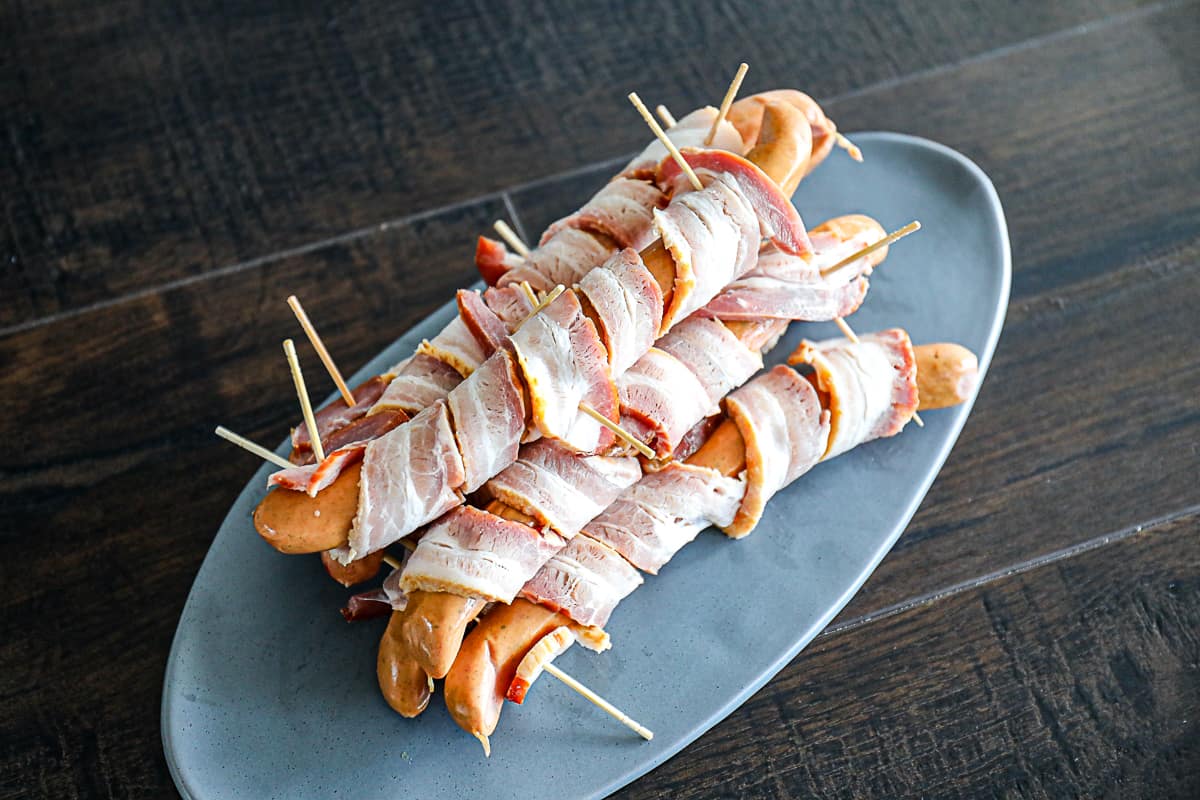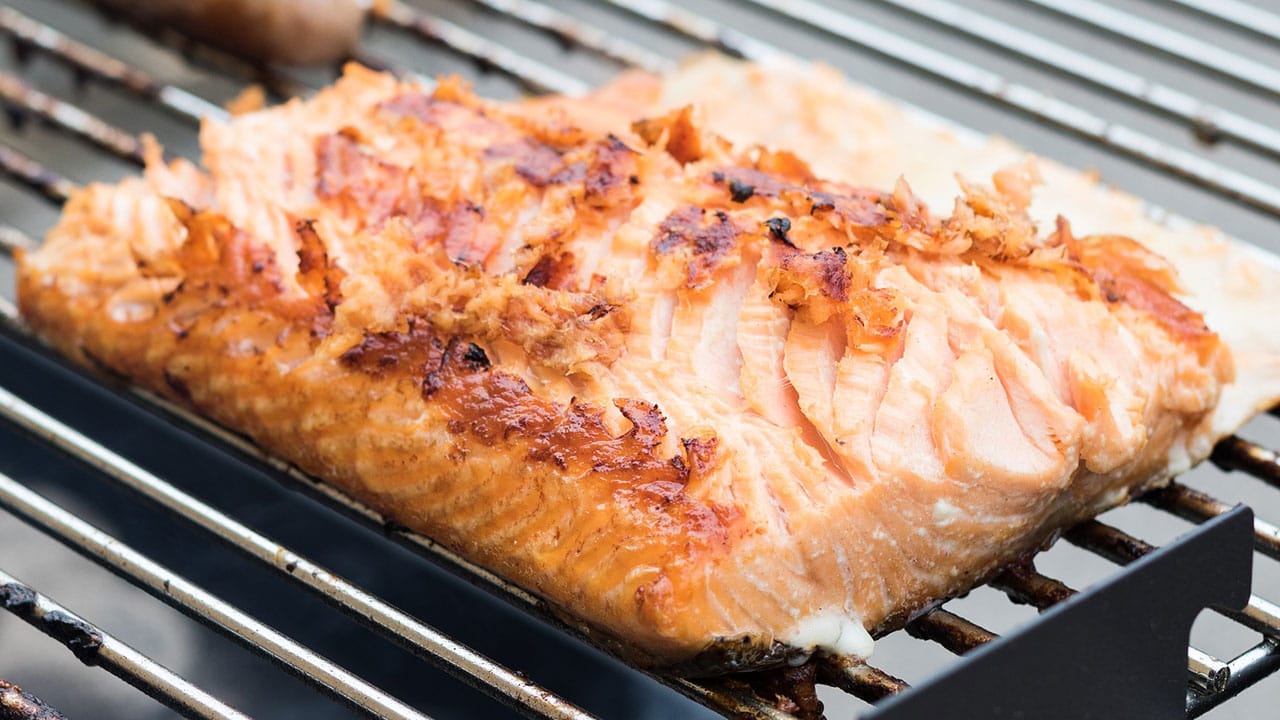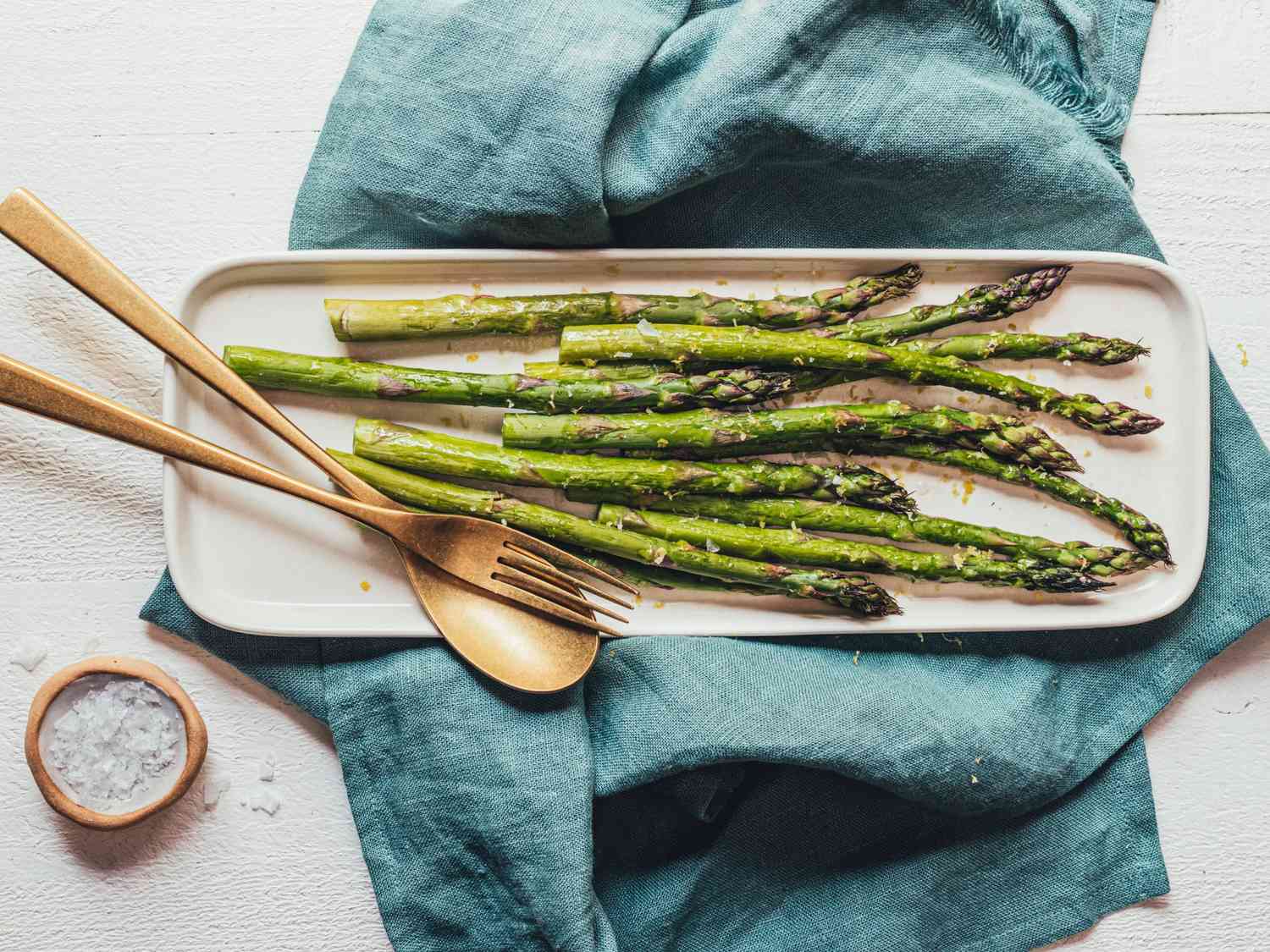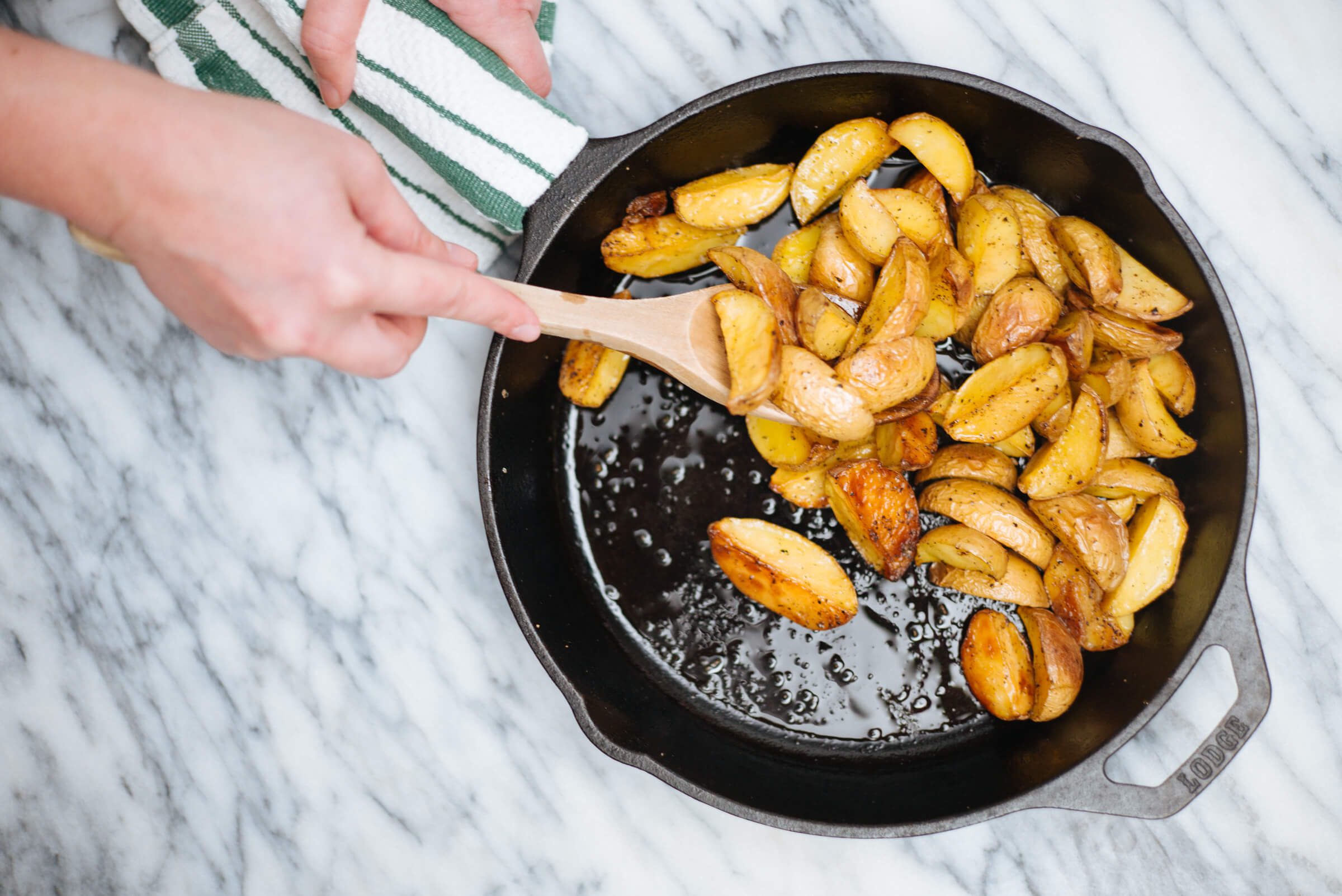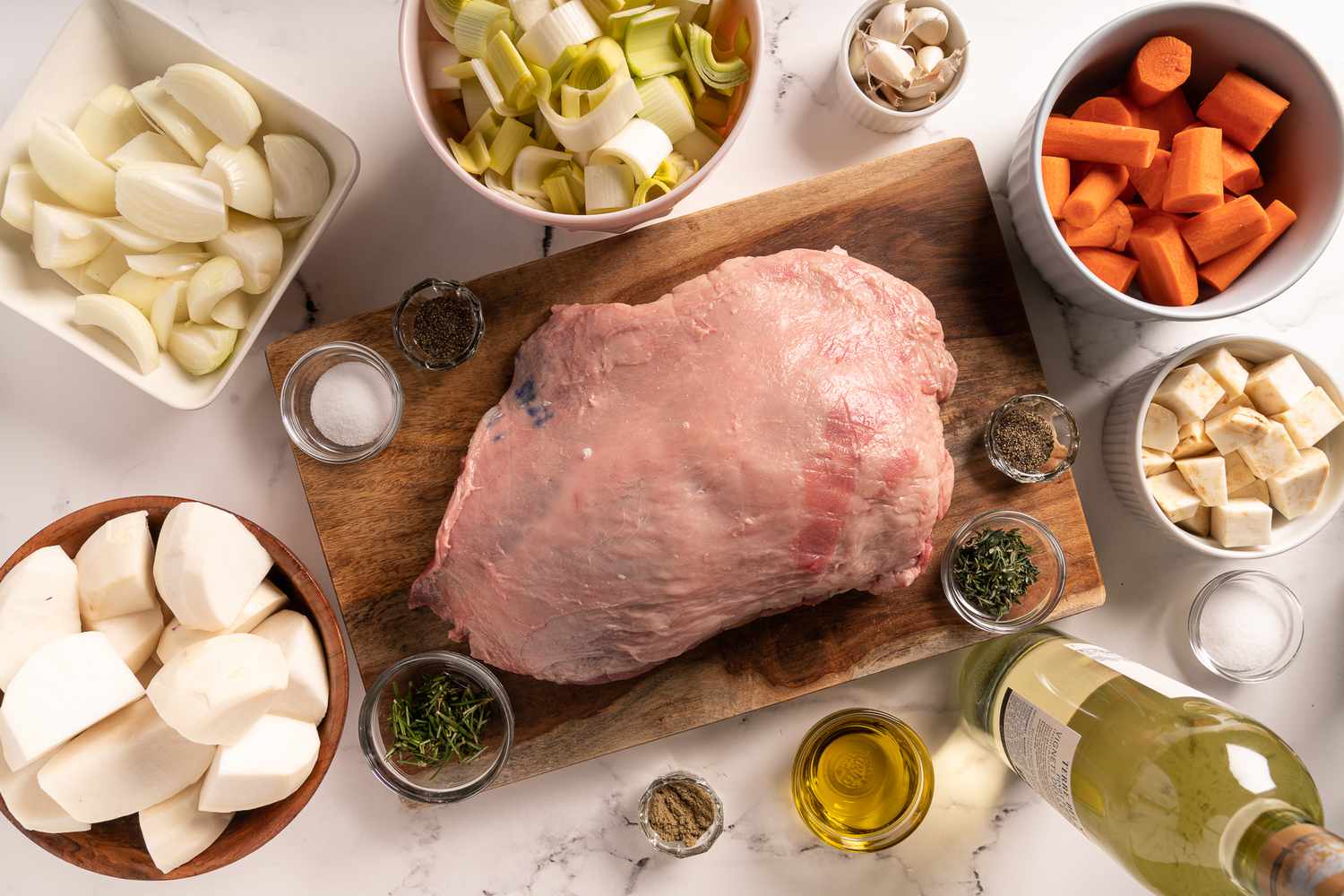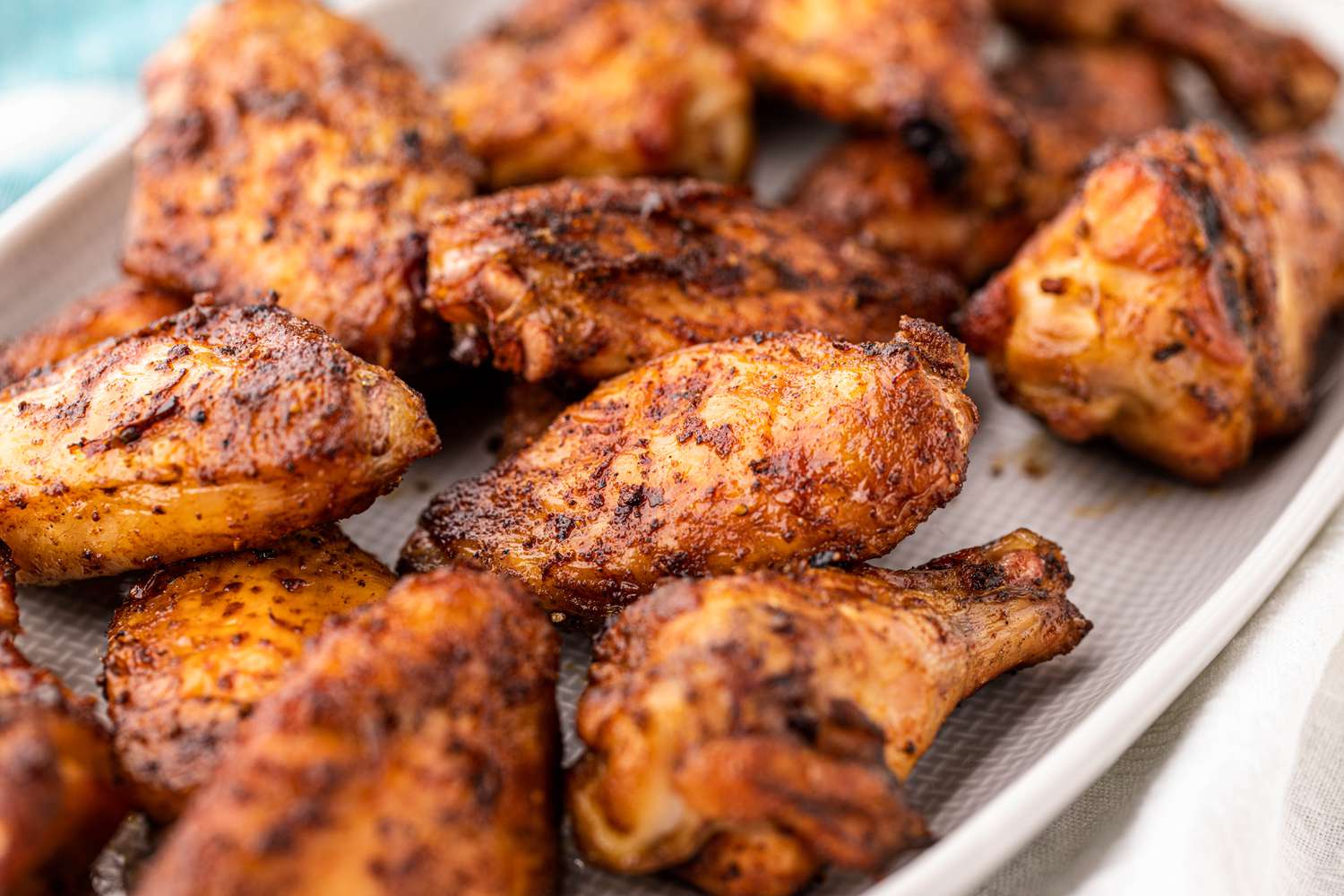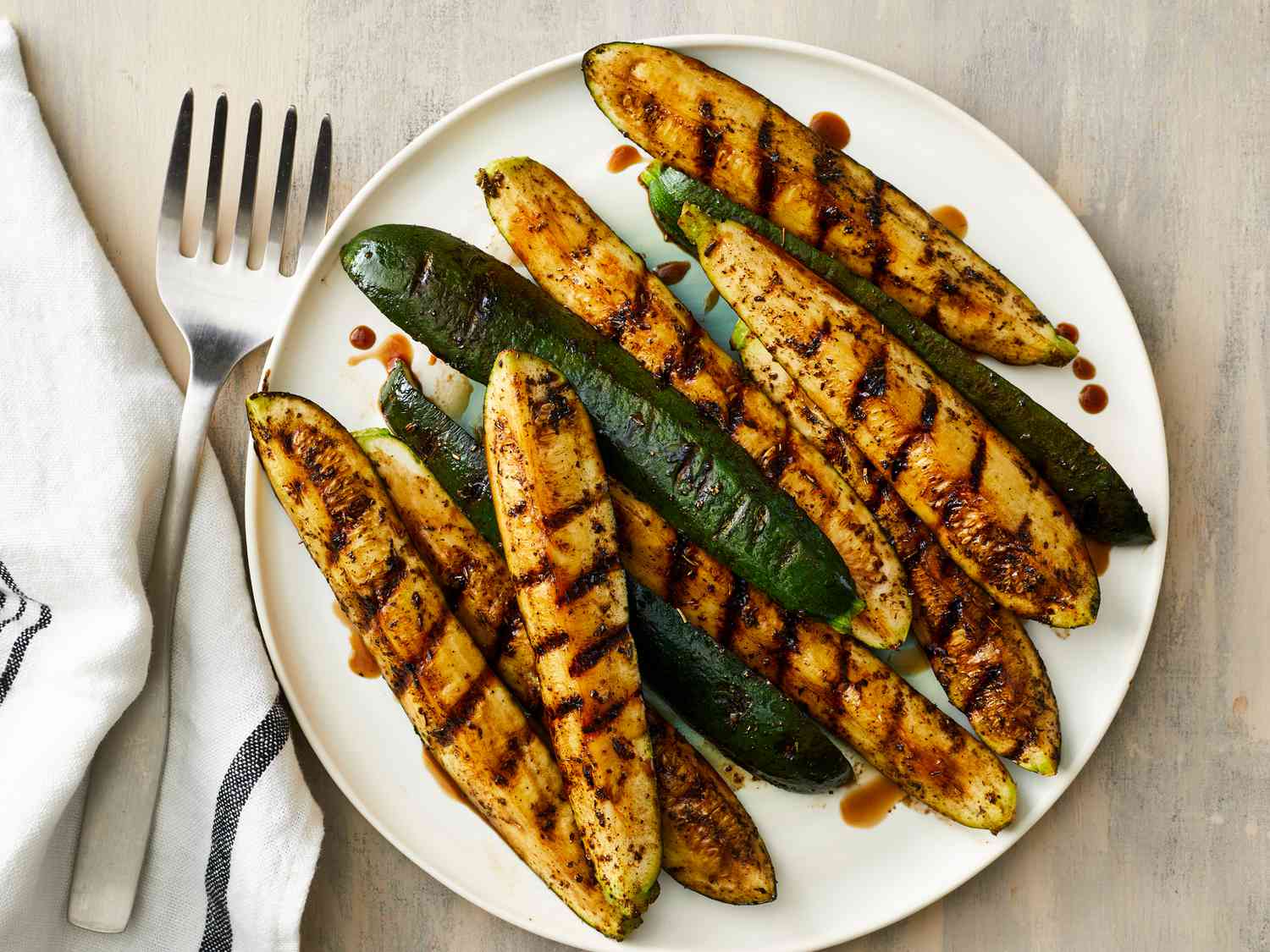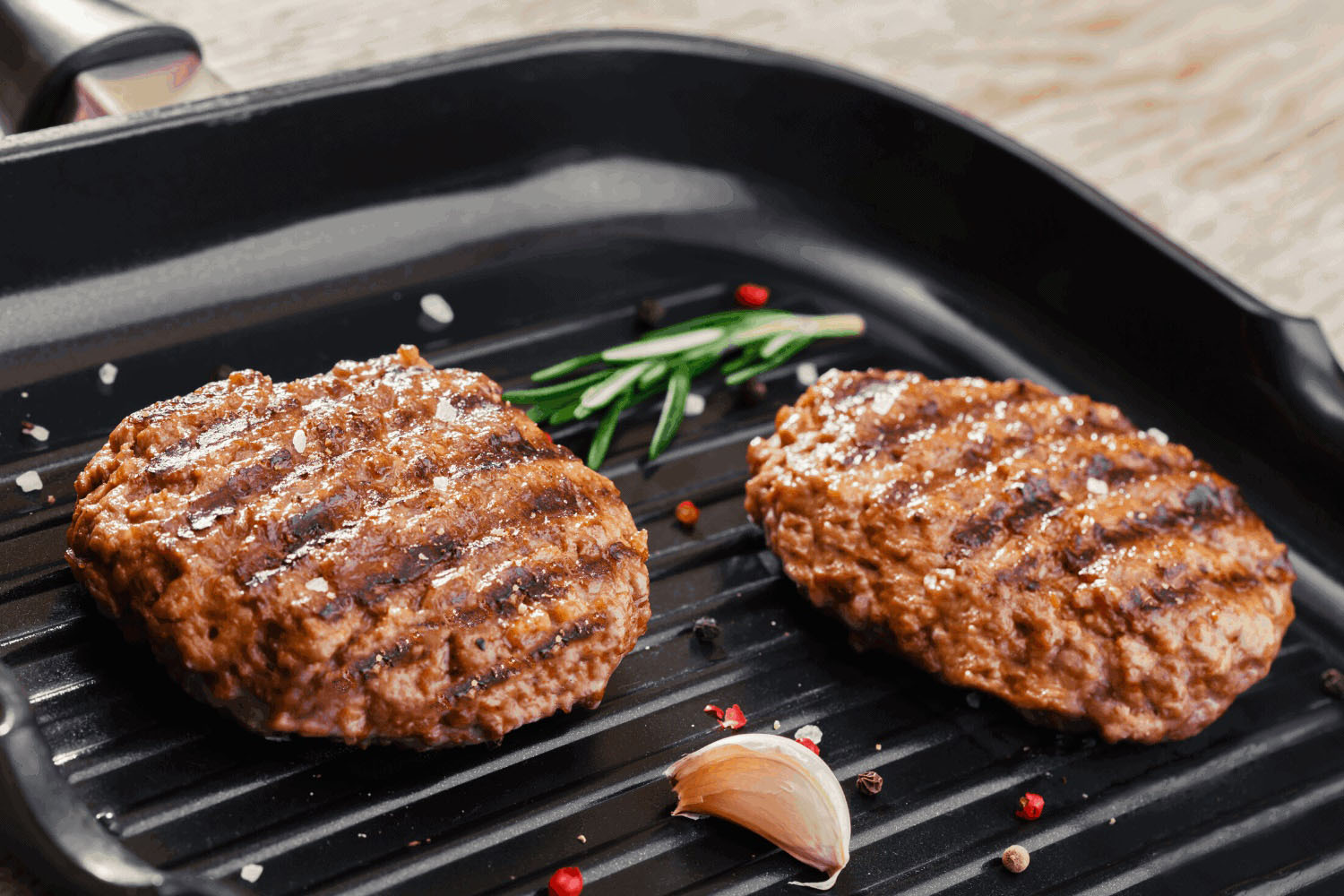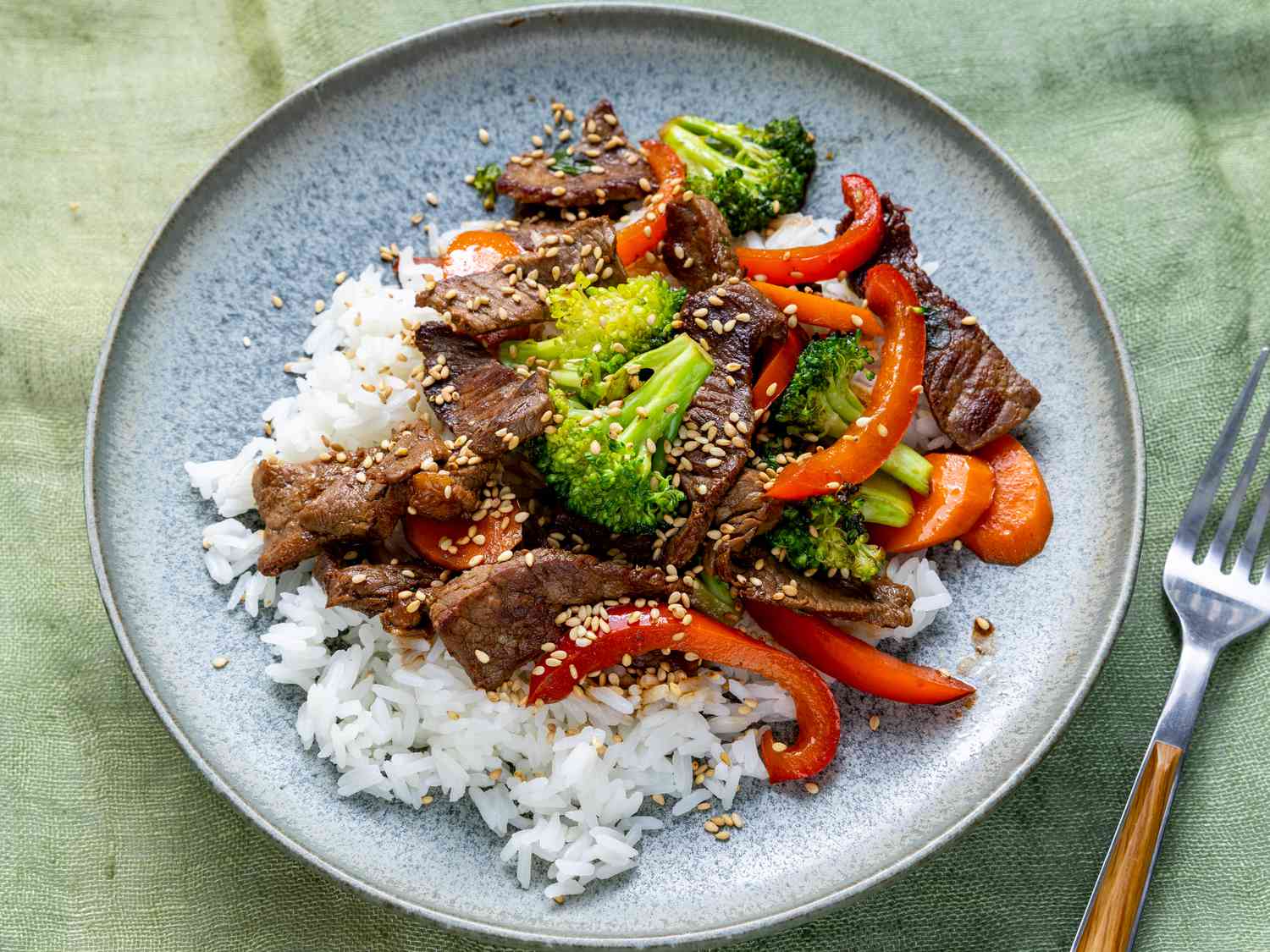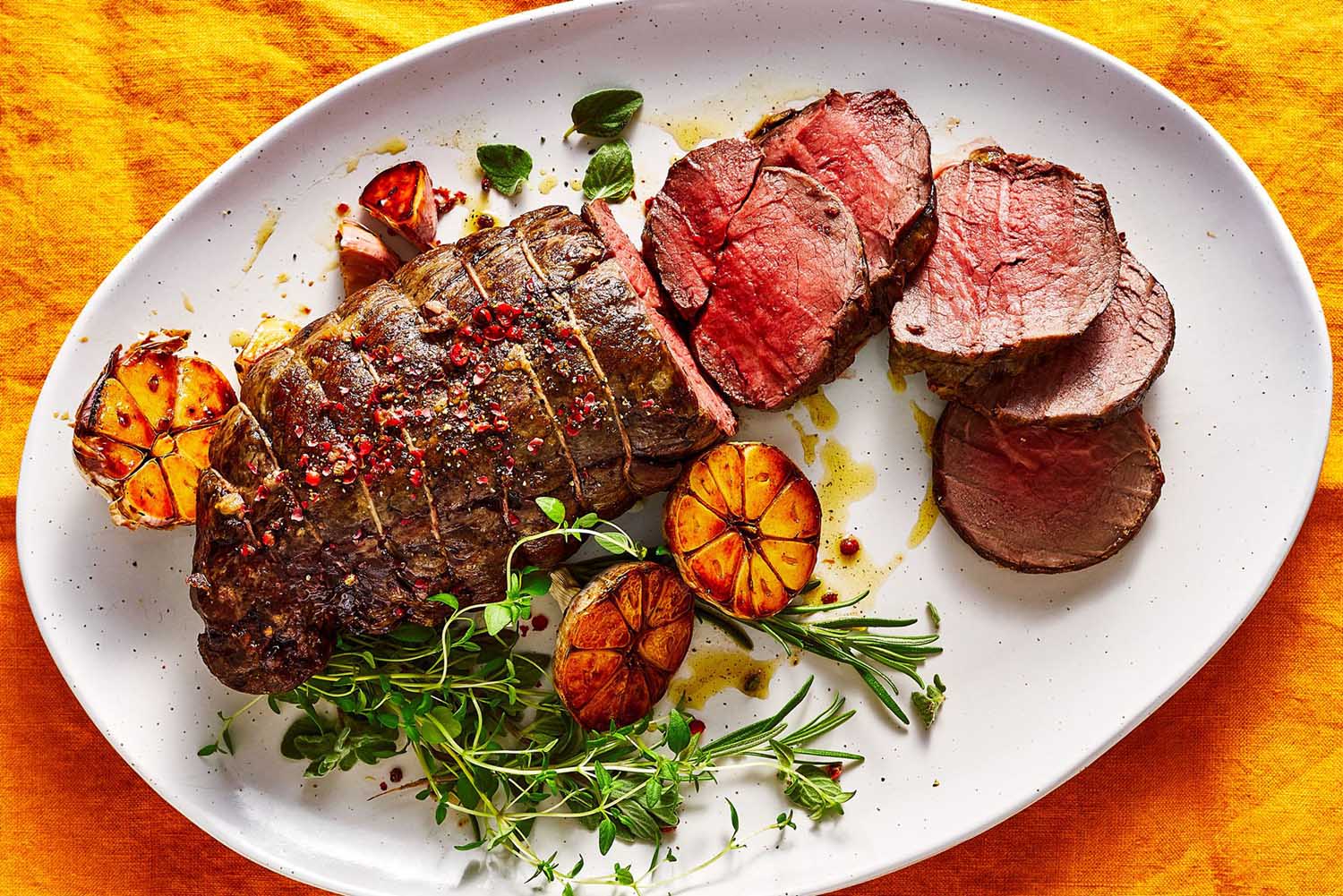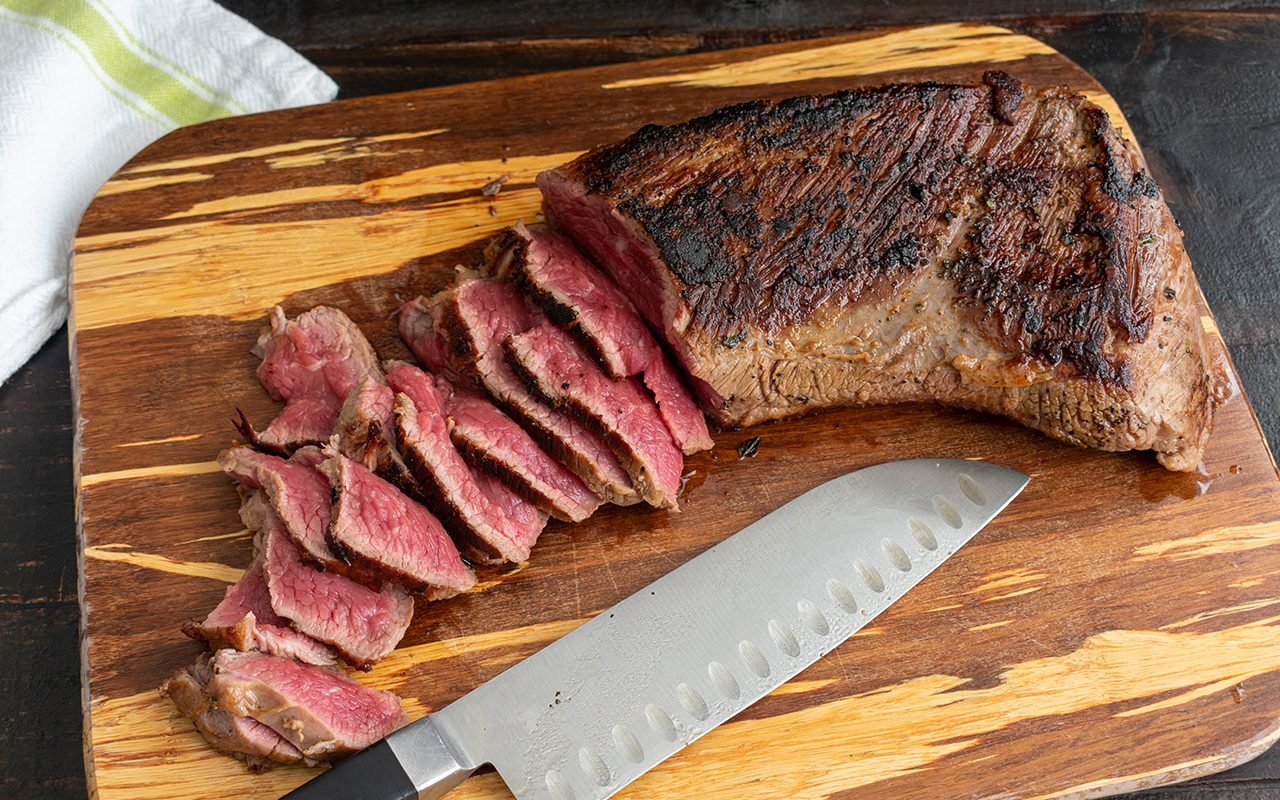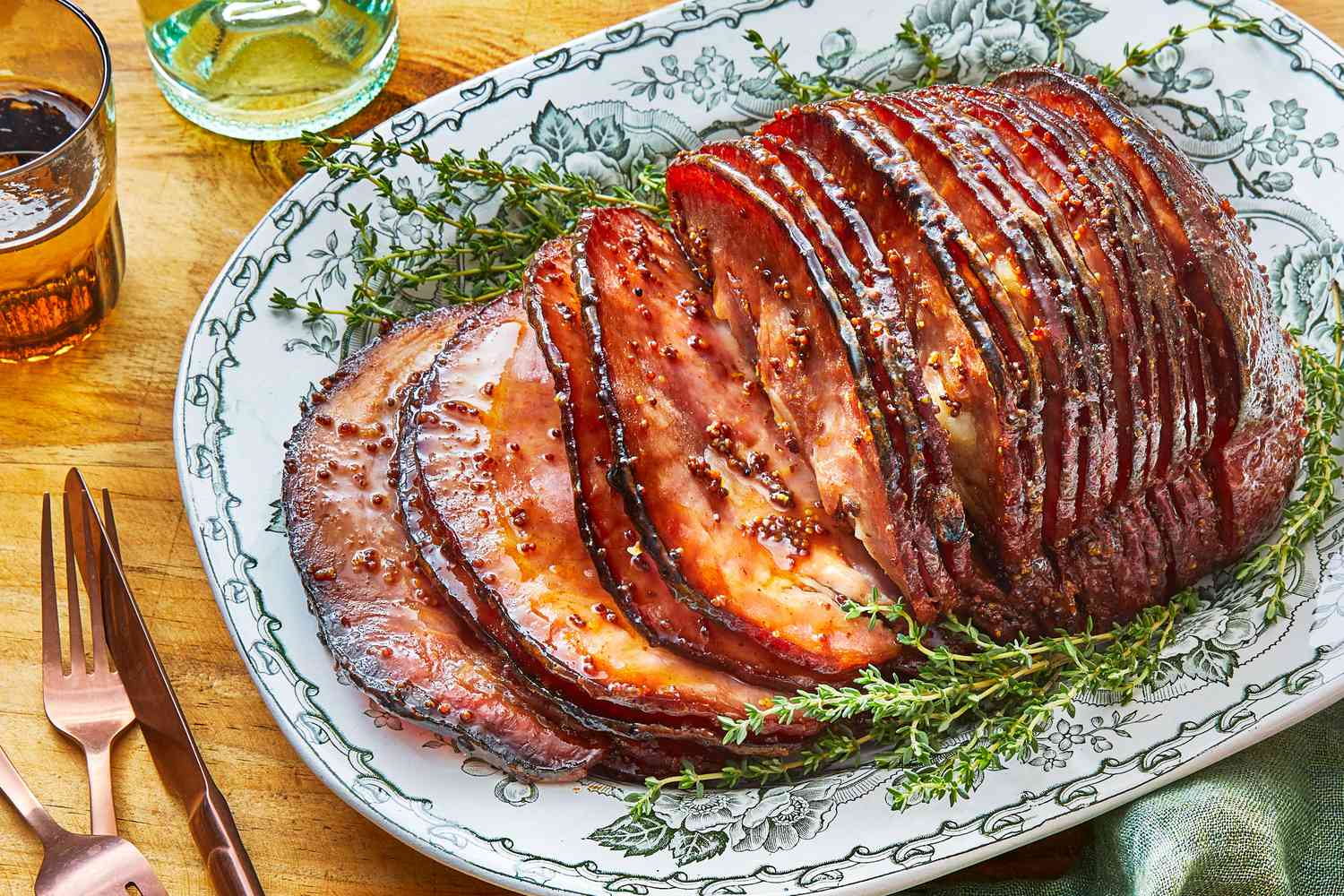Perfectly Cooked Dried Chickpeas: The Secret to Delicious Homemade Hummus
There’s nothing quite like the creamy goodness of homemade hummus. And while it’s easy to grab a can of pre-cooked chickpeas from the store, taking the time to cook dried chickpeas can elevate your hummus to a whole new level of flavor. Today, we’re going to share with you the secret to perfectly cooked dried chickpeas for your delicious homemade hummus.
Why Use Dried Chickpeas?
While canned chickpeas are convenient, cooking dried chickpeas has its advantages. Dried chickpeas are lower in sodium compared to their canned counterparts, allowing you to have better control over the salt content in your hummus. Moreover, cooking dried chickpeas gives you the opportunity to infuse them with flavors during the cooking process, resulting in a more vibrant and delicious hummus.
The Soaking Process
Before you start cooking your dried chickpeas, it’s essential to soak them. Soaking helps soften the chickpeas and reduces their cooking time. Follow these simple steps for an optimal soaking process:
- Measure out the desired quantity of dried chickpeas.
- Rinse the chickpeas under cold water to remove any dirt or debris.
- Place the chickpeas in a large bowl and cover them with water, ensuring there’s at least a few inches of water above the chickpeas.
- Add a pinch of salt to the water, which can help improve the texture of the chickpeas.
- Allow the chickpeas to soak overnight or for at least 8 hours. If you’re short on time, you can also use the quick soak method by bringing the chickpeas to a boil for 2 minutes and then letting them sit for 1 hour.
The Cooking Process
Once your chickpeas are nicely soaked, it’s time to cook them until they reach the desired tenderness. Follow these steps to cook your dried chickpeas to perfection:
- Drain the soaked chickpeas and give them another quick rinse.
- Transfer the chickpeas to a large pot and add enough fresh water to cover them by about 2 inches.
- Bring the water to a boil over high heat.
- Reduce the heat to low and let the chickpeas simmer for about 1 to 1.5 hours, or until they are tender but not mushy. If using a pressure cooker, cook for 20-25 minutes.
- Skim off any foam or impurities that rise to the surface during cooking.
- Once cooked, drain the chickpeas and rinse them with cold water to stop the cooking process.
Enhancing the Flavor
To take your cooked chickpeas to the next level, consider adding some extra flavor during the cooking process. Here are a few ideas:
- Throw in a bay leaf, a couple of garlic cloves, or a slice of onion into the pot.
- Add a teaspoon of cumin, paprika, or your favorite spice blend to infuse the chickpeas with aromatic flavors.
- For an even creamier texture, add a pinch of baking soda to the cooking water.
Final Thoughts
Now that you know the secrets to cooking dried chickpeas for your homemade hummus, it’s time to get creative in the kitchen. Experiment with different flavors and seasoning combinations to create your own signature hummus recipe. Remember, the key to a delicious hummus starts with the quality and preparation of the chickpeas, so don’t skip the cooking process!
So, next time you’re craving a creamy, flavorful hummus, take the extra time to cook dried chickpeas. Your taste buds will thank you!
Was this page helpful?
Read Next: How To Cook Pork Loin Rib Chops
